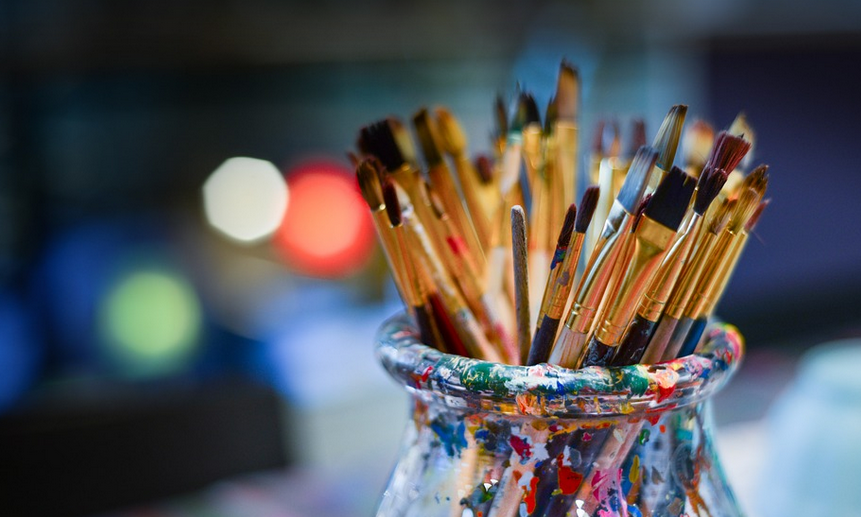
Nose Clamp For Nosebleeds: Finding Relief When It Hurts
Understanding the Problem
Nosebleeds, or epistaxis as they’re medically called, are annoying and often scary. They can happen to anyone at any age, but some people seem to experience them more than others. While a runny nose during allergy season might sound like the culprit, there’s no need for panic if you find yourself dealing with nosebleeds.
Most of the time, nosebleeds are caused by dry air or high winds that irritate your nasal passage. But if they’re sudden and persistent, it could indicate a more serious underlying issue like thinning blood, allergies, or even an injury to your nose. While these causes are less common, knowing the root cause can help you address the problem long-term.
The Magic of a Nose Clamp: Why Does It Work?
Now, let’s talk about the magic trick that might actually be able to stop those pesky nosebleeds – the nose clamp. This seemingly simple tool works by applying gentle pressure to the soft tissues inside your nose, specifically in the area where blood is flowing out. Think of it as a mini-bandage for the bleeding.
The nose clamp works by using a specialized material that can be compressed down to create a tight seal. This allows you to apply gentle pressure and encourage blood to clot faster and prevent further leakage. This is especially crucial when dealing with heavy bleeding, where even a simple tissue might not provide enough support.
How the Nose Clamp Works: Step-by-Step
Here’s how to use a nose clamp for a nosebleed:
1. **Prepare your environment:** Find a comfortable, quiet spot. It can help if you’re sitting down or leaning back slightly. Also grab some tissues and a clean towel nearby.
2. **Locate the bleeding point:** Look at the inside of your nose. Is it from one nostril or both? Are there any visible signs of blood coming out? This will help you target the exact area for applying pressure.
3. **Apply the clamp:** Gently squeeze the nose clamp to close the desired gap in your nose. Don’t apply too much force; it’s important to avoid hurting or damaging the tissues around the blood vessel. You may need a few seconds to find the right amount of pressure, but focus on finding comfort with applying gentle pressure.
4. **Wait and observe:** Once you have applied the nose clamp, give it time – from a few minutes up to 10-15 minutes or until the bleeding stops. Don’t try to remove or adjust the clamp too soon; just let it do its job.
5. **Clean and examine:** Once you’ve stopped the bleeding, clean your nose gently with a tissue or cotton swab and apply cold compresses to help prevent further irritation.
6. **Seek medical attention if needed**: If you experience persistent bleeding that doesn’t stop after several minutes of applying pressure, consult a doctor as soon as possible. It’s also important to call your doctor if you have any concerns or find it hard to control the nosebleeds on your own.
Things to Remember:
Using a nose clamp can indeed be a game-changer when it comes to dealing with nosebleeds, but remember that proper care is still essential. Here are some things to keep in mind:
1. **Consult your doctor:** If you’re prone to frequent nosebleeds, especially if they’re severe or bleeding for an extended time, it’s best to consult a doctor to rule out any underlying cause and find the right solution.
2. **Stay hydrated:** Drinking plenty of water can help prevent dry air and keep your nasal passages healthy. This is crucial if you’re dealing with allergies or frequent nosebleeds during extreme weather conditions.
3. **Avoid irritants:** Limit exposure to smoke, dust, and other potential irritants as they might worsen the situation.
The Future of Nose Clamp Technology: Where is it Headed?
The nose clamp for nosebleeds has had its ups and downs throughout history, but with advancements in technology, we can expect to see future improvements. For example, new materials like biocompatible polymers or nanomaterials might provide better support and minimize the risk of tissue damage.
Imagine a nose clamp that’s even more comfortable, precise, and easier to use! This could lead to an era where nosebleeds are treated with ease and precision.